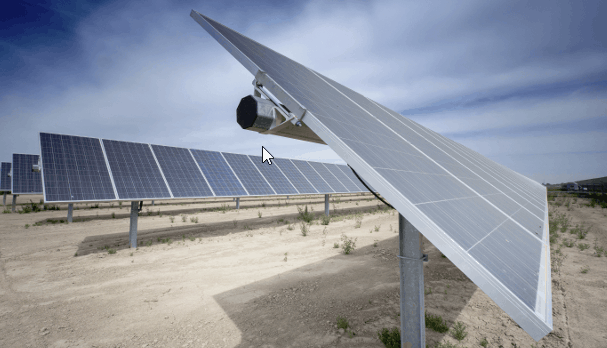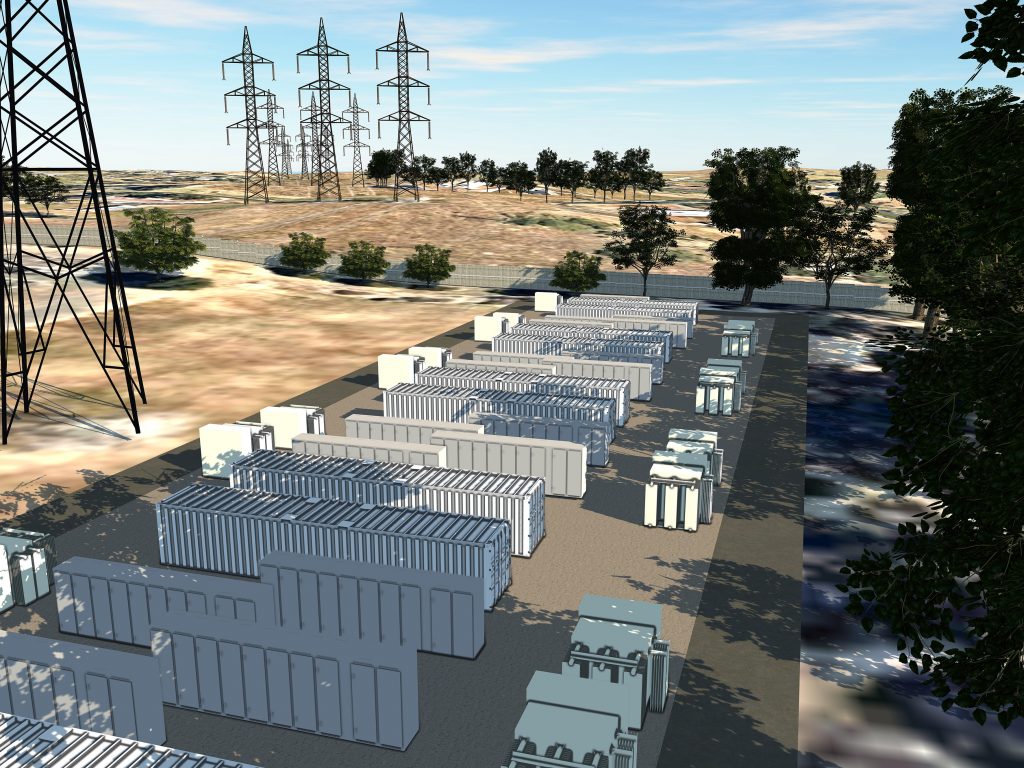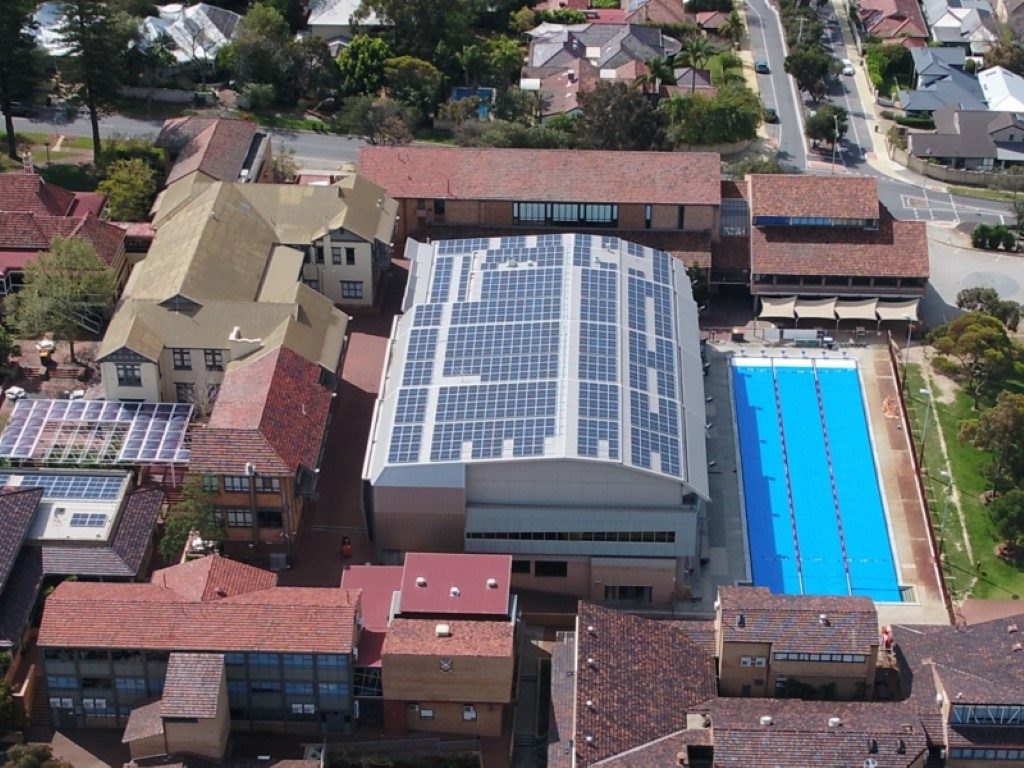The $117m, 55MW Vales Point Solar Energy Project was greenlit by the Department of Planning today.
Vales Point Solar Energy Project
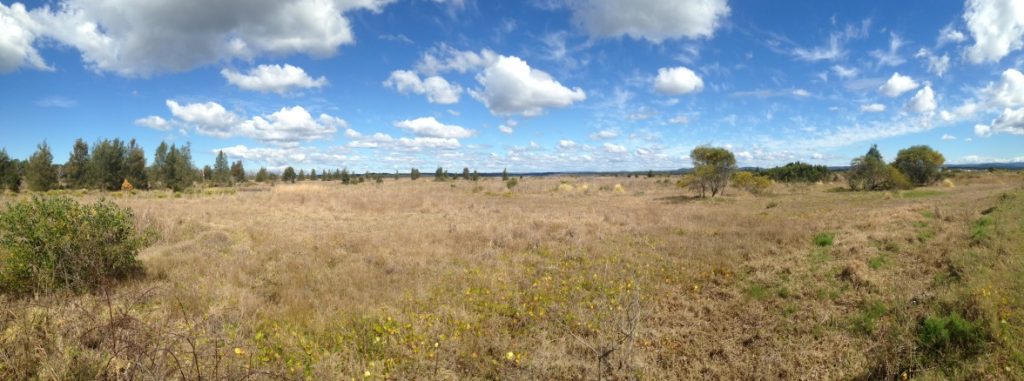
The project is going to be built by Delta (who were bidding for the Liddell power station earlier this year) and will co-exist with the coal-fired power station at Vales Point power station. Work is slated to commence early in 2019 and the solar farm will be built over 80 hectares of a rehabilitated ash dam.
Delta Electricity Company Secretary Steve Gurney discussed the impact on the national grid:
“Delta recognises that both dispatchable power and low emission technologies have a role to play in supporting an affordable, reliable and sustainable national electricity grid” Mr Gurney said.
The Vales Point solar projet is expected to create over 100 solar jobs over the 18 months it’ll take to complete and will run for a 25 year lifespan. This will also extend the lifespan of the adjacent Vales Point power station which will now operate past its technical closure date of 2029.
Clay Preshaw, the director of Resource and Energy Assessment as the NSW Department of Planning and Environment, spoke about the farm’s potential impact on Australia’s solar future:
“This innovative project is one of the first in Australia where large-scale renewable and coal-fired energy facilities sit side by side,” Mr Preshaw said.
Vales Point Solar Energy Project Submissions
According to The Herald, the project was on public exhibition for a couple of months and 14 submissions were received. One of those was from the Lake Macquarie City Council, who support the project going ahead, but raised a concern about the impact the project may have on coastal saltmarsh:
“With the exception of the coastal saltmarsh issue, it appears that the ‘baseline’ for impact assessment is reasonable, predictions of impact are robust with suitable sensitivity testing, the assessment considers how to avoid and minimise impacts, and the proposal includes all reasonably feasible mitigation options,” the submission said.
Other than that it looks like everyone’s happy – it’ll be interesting to see how this works in unison with the coal-fired power plant and which one is more profitable!

